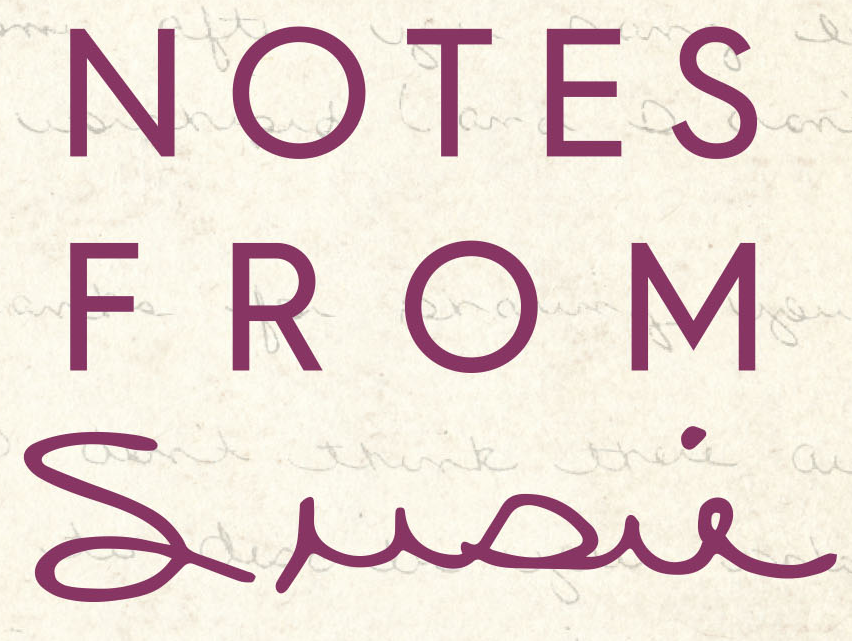Besides baby Jesus, His mom gets most of the press in the Christmas story and perhaps rightly so. For a long time, though, I've thought the birth of Jesus was as much a step of faith for Joseph as it was for Mary. Though not knowing exactly how she conceived, Mary believed the angel Gabriel and was completely confident that the Holy Spirit had fathered her baby. Joseph's faith walk had an additional step -- believing his wife-to-be AND the angel who later appeared to him. Mary has a baby growing in her womb while Joseph's probable task was to keep explaining the unbelievable though blessed situation to people in his circle and beyond. Mary carried the evidence; all Joseph possessed was others' word.
Through the years, hymn writers and carol crafters have melded sparse biblical record and poetic imagination to tell the ancient story. But as already suggested, there is relatively much biblical record about Mary compared with very little of Joseph. In the Celebrating Grace Hymnal, there is a four-item Mary section that includes, "My Soul Proclaims with Wonder," and "Tell Out, My Soul," both based on Luke 1:46-55 -- Mary's song in response to Gabriel's announcement to her. Between those two versions of the Magnificat is the actual scripture passage and the hymn, "Young Mary Lived in Nazareth;" the latter moves the story forward including Mary's visit to Elizabeth, a brief mention of Joseph, and the journey to Bethlehem where Jesus was born.
But a subtle thing occurs a few hymnal pages later. On the left side of the spread appears, "Gentle Mary Laid Her Child," but facing it on the right side is an entire hymn centering on Joseph. That occurrence is not accidental nor is it coincidental that their tonal centers are closely related, meaning the two hymns could be sung in worship seamlessly, one following the other.
Although the Joseph hymn, "The Hands That First Held Mary's Child," is mostly author imagination its message is completely plausible and seems to capture some of the weight Joseph bore and the worship he experienced in his journey of faith. Walk alongside this Christmas giant for a spell.
The hands that first held Mary's child
were hard from working wood,
from boards they sawed and planed and filed
and splinters they withstood.
This day they gripped no tool of steel,
they drove no iron nail,
but cradled from the head to heel
our Lord, new-born and frail.
When Joseph marveled at the size
of that small breathing frame,
and gazed upon those bright new eyes
and spoke the infant's name,
the angel's words he once had dreamed
poured down from heaven's height,
and like the host of stars that beamed
blessed earth with welcome light.
"This child shall be Emmanuel,
not God upon the throne,
but God with us, Emmanuel,
as close as blood and bone."
The tiny form in Joseph's palms
confirmed what he had heard,
and from his heart rose hymns and psalms
for heaven's human word.
The tools that Joseph laid aside
a mob would later lift
and use with anger, fear, and pride
to crucify God's gift.
Let us, O Lord, not only hold
the child who's born today,
but charged with faith may we be bold
to follow in His way.
Words by Thomas H. Troeger © 1985 Oxford University Press
We've gotten used to the idea that Mary -- likely a teenager at the time -- was special and, though only a common person, accepted God's call to participate uniquely in the Kingdom. But this hymn helps me see that Joseph, even more"under the radar" and unlikely than we've thought of Mary, was trusted of God and also was faithful to God to be and do a unique thing. I believe it took them both to bring the Prince of Peace safely into the world.
And if God trusted these two, do you think perhaps He also calls and trusts you and me to do our individual part in delivering His peace to our world? I do.
- Mark

